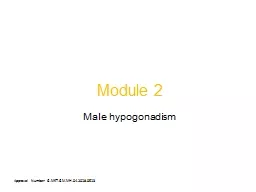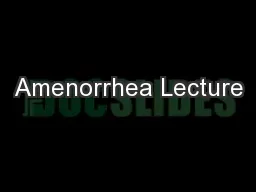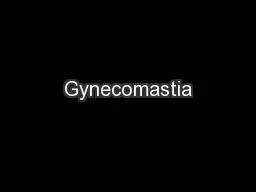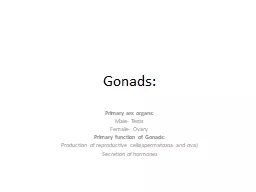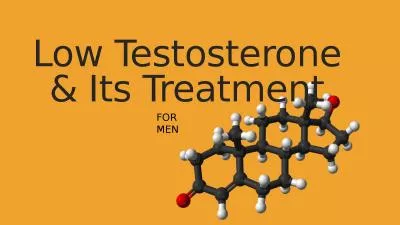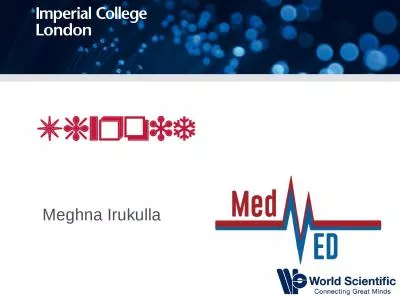PPT-Module 2 Male hypogonadism
Author : briana-ranney | Published Date : 2020-04-02
Approval Number GMKTGMMH0420180513 Definition Module 2 Male hypogonadism Several international societies have proposed definitions of hypogonadism Guideline Definition
Presentation Embed Code
Download Presentation
Download Presentation The PPT/PDF document " Module 2 Male hypogonadism" is the property of its rightful owner. Permission is granted to download and print the materials on this website for personal, non-commercial use only, and to display it on your personal computer provided you do not modify the materials and that you retain all copyright notices contained in the materials. By downloading content from our website, you accept the terms of this agreement.
Module 2 Male hypogonadism: Transcript
Download Rules Of Document
" Module 2 Male hypogonadism"The content belongs to its owner. You may download and print it for personal use, without modification, and keep all copyright notices. By downloading, you agree to these terms.
Related Documents

